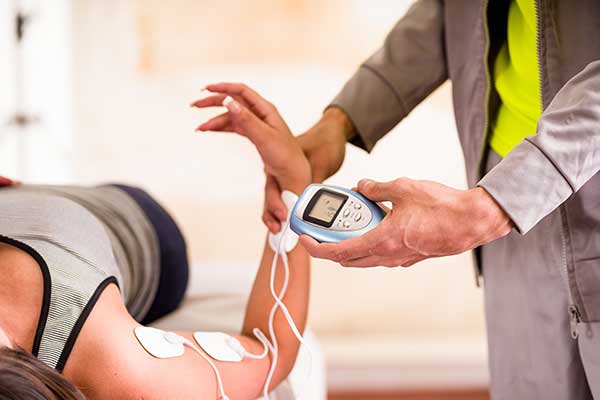“I really don’t like needles. Don’t you have any other way to get steroid anti-inflammatory to that tissue?”

Inflammation is actually a key part of the recovery process. Without inflammation we actually wouldn’t heal properly. But there are times when the inflammation process seems to stall and the next stage of healing never quite reached. Lack of proper rest and excess/persisting activity can lead to recurrent and sustained inflammation. That can be where anti-inflammatory therapies come in. For some it means your physician, often an orthopedic specialist, may recommend a corticosteroid injection. But, plenty of patients prefer to not have injections due to disliking needles or sometimes preferring to avoid strong anti-inflammatories directly into a tissue or joint. Some physicians also prefer use of alternative means to delivering medication than the minimally invasive injection which still does carry some very minor risks to it acutely and for some patients want to avoid due to the pain involved in the procedure.
Iontophoresis utilizes a DC (direct, vs standard wall outlet alternating electrical current) to drive the active ions of the medication into the tissue. Most commonly that medication is injectable (fluid) dexamethasone sodium phosphate…or commonly just referred to as a steroid or corticosteroid. Once your physician prescribes the medicine you bring it to your visit and we can legally store it in our refrigerator for safe keeping and recurrent use during your treatments. The medicine is drawn off with a syringe and sprayed onto a special electrode that goes over your inflamed, painful tissue. The light current then pushes the ions of that medicine into the target tissue area. Just remember the old science class adage “opposites attract and likes repel” – that’s the simple way of describing how iontophoresis works. (it’s also used in dermatology and dentistry too.)










